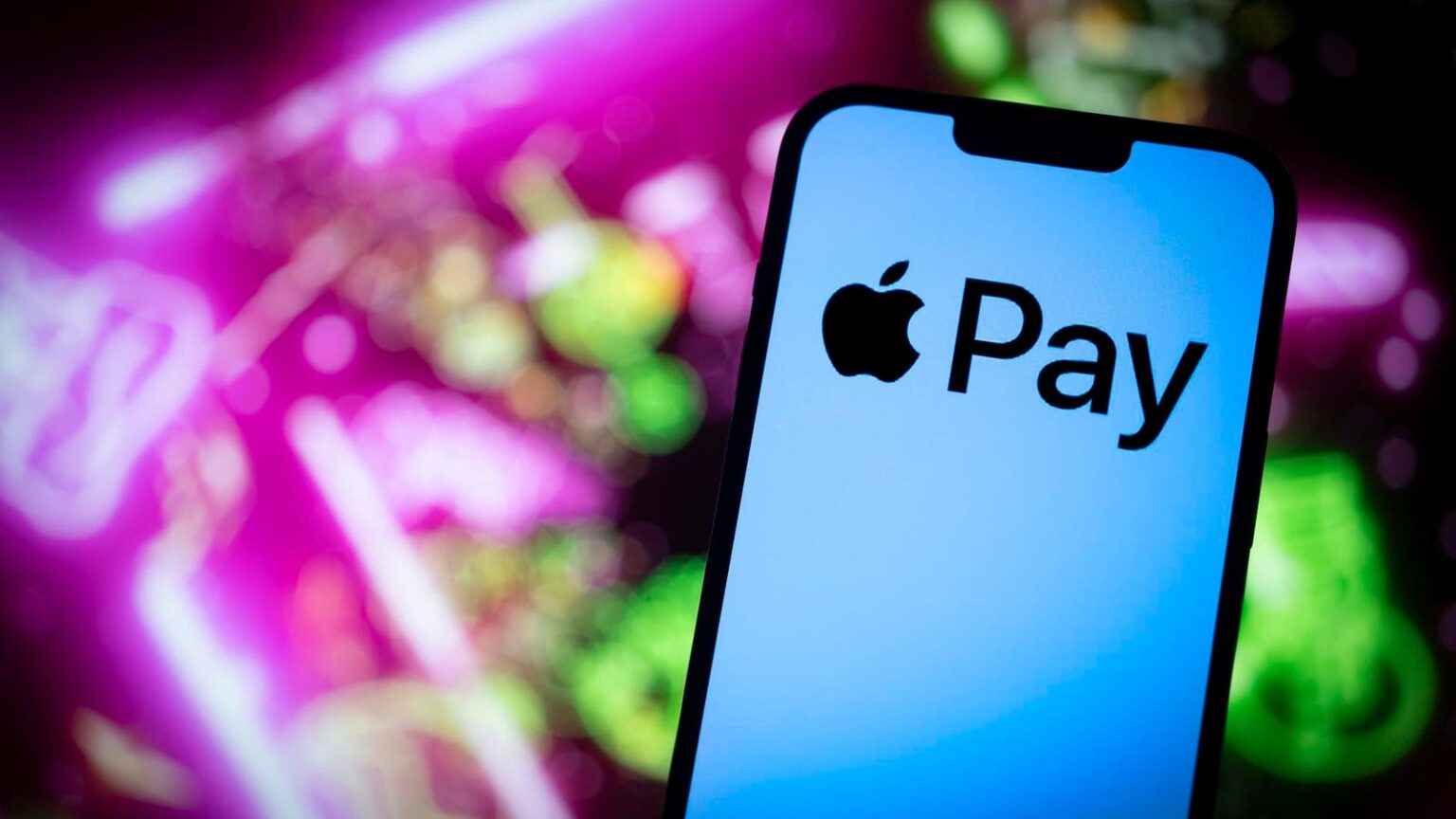Happy tenth birthday Apple Pay, which went live for US consumers on 20th October 2014. That decade has seen big changes in the way we pay, for sure, although contactless payments would be huge with or without the Apple Wallet. But the next decade will see the Apple Wallet change everything.
ApplePay Was Kind Of Inevitable
When I first downloaded ApplePay and went off to try it out in London, paying by phone was already old hat. I had been paying using my phone for quite a while, because my phone had a contactless sticker containing an EMV chip with an RFID antenna attached to it. I loved that sticker: it had a Barclaycard token in it and I used it all the time. And it wasn’t even the first one I had: I had a prepaid EMV sticker for a couple of years before that.
(And I had a contactless EMV watch long before I had an Apple Watch, although I preferred the sticker because I don’t generally wear a watch at all.)
I went around annoying everyone by telling them that stickers would be the future of payments because the banks and the telcos would never get their act together to make NFC payments work properly, despite the fact that it was obvious from earliest days that allowing consumers to pay with their phones would be absolutely huge.
I’m not saying that with perfect hindsight, by the way. I was utterly convinced that mobile payments would be the future from the first time I saw someone use an SMS to buy a can of Coke from a vending machine in the very earliest days of mobile commerce and long before I watched how M-PESA transformed Kenya’s financial system.
I was not the only person to think this, by the way. Far from it. Writing back in 2008, Sophie Tacchi saw that while banks had been exploring “niche” payment services (such as paying bills by SMS or confirming retail transactions) the introduction of contactless proximity communications would transform the mobile phone into a secure transactional device offering payment, coupons, ticketing and other services. She correctly predicted that European consumers would quickly adopt such services and that this would present a great opportunity for banks to develop new value-added services: an imperative because banks would face new competitors who would emerge and use those new technologies to provide payment and other transactional services to the “detriment” of retail banking payment services.
She talked about the potential for banks and telcos to work together. My prediction that banks and telcos would fail to co-operate was correct, and was not really a prediction since I’d already worked as a consultant on several projects where banks and telcos were trying to work together. Ultimately, while the mobile operators, the banks and the retailers could have co-operated to create a ubiquitous mobile payments infrastructure at decade before Apple Pay launched, they could never get their act together.
Indeed, writing at the time of the launch of Apple Pay, Stephen Vass pointed out that while it had been recognised since the early 2000s that contactless (ie, Near Field Communication, NFC) was the preferred choice of technology to get the mobile payment industry rolling, the wrangling between the bank and the mobile operators over who “essentially owned” the consumer resulted in nothing but delay. They all wanted to be in charge and they ended up with none of them in charge while Apple assembled a vision that was consumer focused.
The rest, as they say, is history. Apple Pay is now live in 76 markets, having recently gone live in Chile, South Korea and Vietnam. They more than 11,000 banks (almost 3,000 in Europe) and now support 20 payment networks around the world. And they continue to evolve. For example, customers can now check out using Apple Pay in third-party web browsers, an ability until now restricted to Safari.
Identity Is The New… Everything
Jennifer Bailey, Apple’s vice president of Apple Pay and Apple Wallet, talked about what’s next for Apple Pay say that they are going to”beyond payments” to replace the physical wallet with a secure, private and convenient digital wallet to manage everything from event tickets and keys to government IDs and transit passes. There are nine US states already issuing mobile driving licences (mDLs) that can be stored in Apple and Android wallets and as Mark J.F. Schroeder, New York’s DMV Commissioner says, these digital credential are “the future of identity verification”, vastly preferable to a physical document that give away all of your personal information because they give the citizen control over what personal data is shared. And not only in the USA: the ISO mDL standard is also being used in, to give just one example, Australia.
Car keys are a particularly interesting use case highlighted by Bailey who said they may one day be a key enabler of contactless car rentals. Keyless car unlocking is a mainstream use case where Apple already has patents. Indeed, Apple was a charter member of the Car Connectivity Consortium, which created the Digital Key Release 1.0 specification back in 2018, and is working with more 30 car manufacturers worldwide to put digital car keys into the Apple Wallet.
I think this vision of the future will change the world more than Apple Pay did. The lack of digital identity infrastructure is a significant drag on the evolution of online services and someone has to something about it. If that someone else is Apple, it could be huge.
Bailey said she can’t wait to see what the next 10 years have in store and, frankly, I can’t wait either. We are about to leave the era of Apple Pay and enter the era of Apple ID. I’m excited.
Read the full article here

